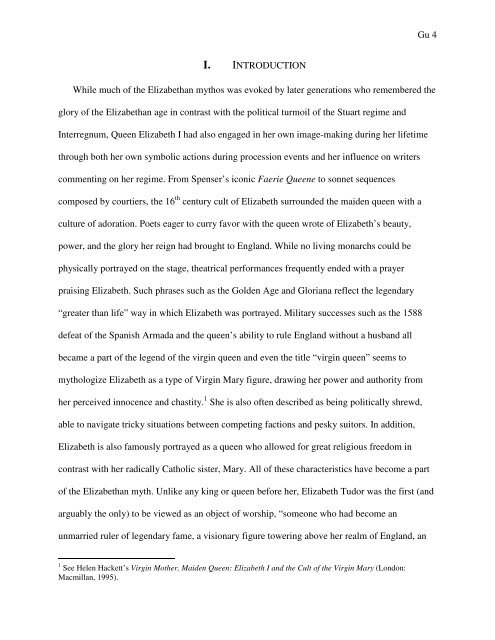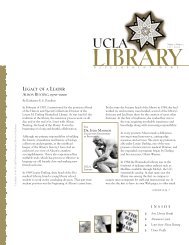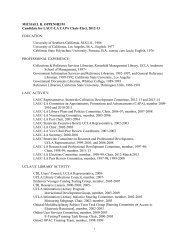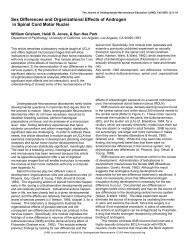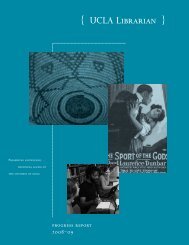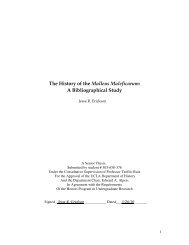Research Paper - UCLA Library
Research Paper - UCLA Library
Research Paper - UCLA Library
Create successful ePaper yourself
Turn your PDF publications into a flip-book with our unique Google optimized e-Paper software.
I. INTRODUCTION<br />
Gu 4<br />
While much of the Elizabethan mythos was evoked by later generations who remembered the<br />
glory of the Elizabethan age in contrast with the political turmoil of the Stuart regime and<br />
Interregnum, Queen Elizabeth I had also engaged in her own image-making during her lifetime<br />
through both her own symbolic actions during procession events and her influence on writers<br />
commenting on her regime. From Spenser’s iconic Faerie Queene to sonnet sequences<br />
composed by courtiers, the 16 th century cult of Elizabeth surrounded the maiden queen with a<br />
culture of adoration. Poets eager to curry favor with the queen wrote of Elizabeth’s beauty,<br />
power, and the glory her reign had brought to England. While no living monarchs could be<br />
physically portrayed on the stage, theatrical performances frequently ended with a prayer<br />
praising Elizabeth. Such phrases such as the Golden Age and Gloriana reflect the legendary<br />
“greater than life” way in which Elizabeth was portrayed. Military successes such as the 1588<br />
defeat of the Spanish Armada and the queen’s ability to rule England without a husband all<br />
became a part of the legend of the virgin queen and even the title “virgin queen” seems to<br />
mythologize Elizabeth as a type of Virgin Mary figure, drawing her power and authority from<br />
her perceived innocence and chastity. 1 She is also often described as being politically shrewd,<br />
able to navigate tricky situations between competing factions and pesky suitors. In addition,<br />
Elizabeth is also famously portrayed as a queen who allowed for great religious freedom in<br />
contrast with her radically Catholic sister, Mary. All of these characteristics have become a part<br />
of the Elizabethan myth. Unlike any king or queen before her, Elizabeth Tudor was the first (and<br />
arguably the only) to be viewed as an object of worship, “someone who had become an<br />
unmarried ruler of legendary fame, a visionary figure towering above her realm of England, an<br />
1 See Helen Hackett’s Virgin Mother, Maiden Queen: Elizabeth I and the Cult of the Virgin Mary (London:<br />
Macmillan, 1995).


